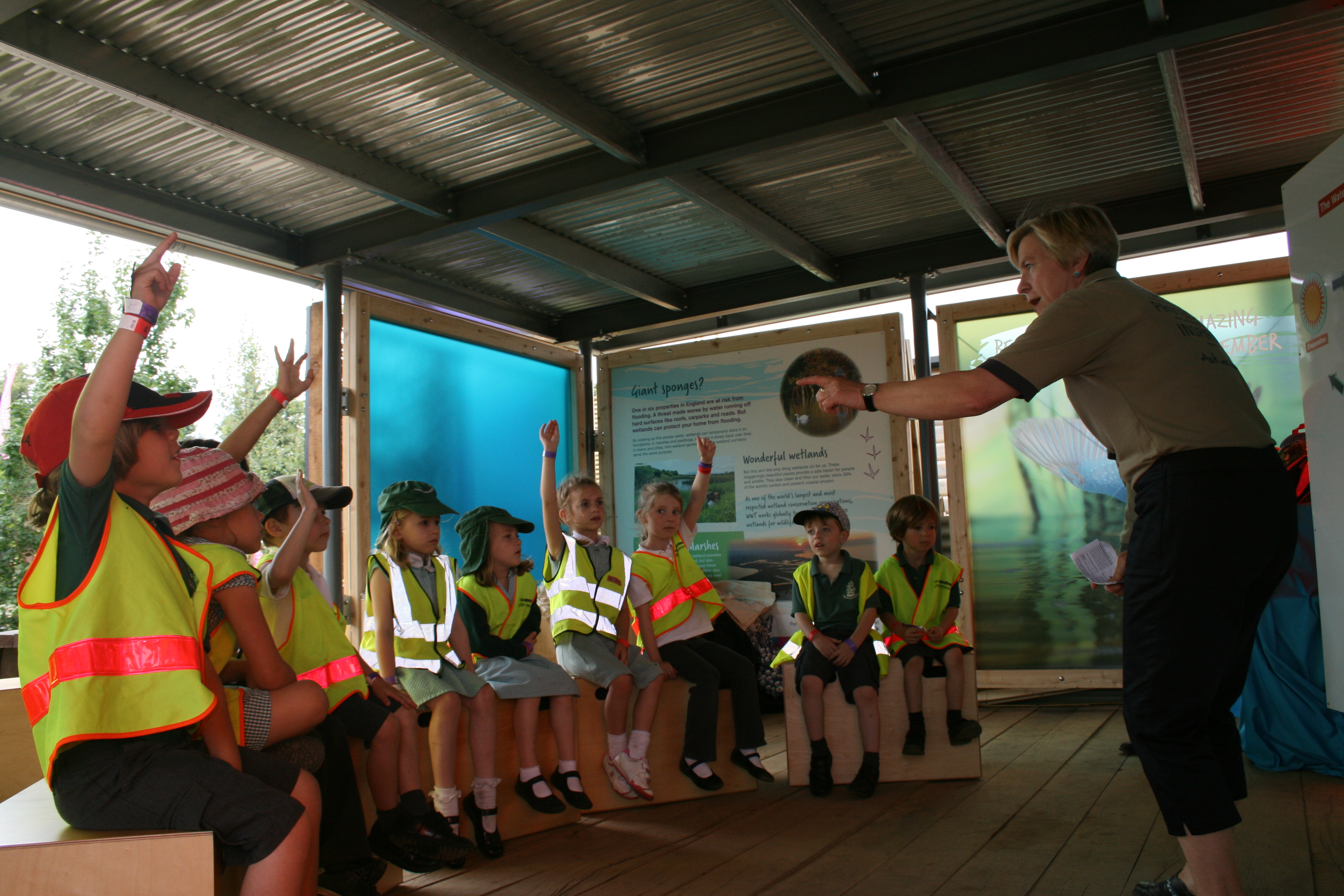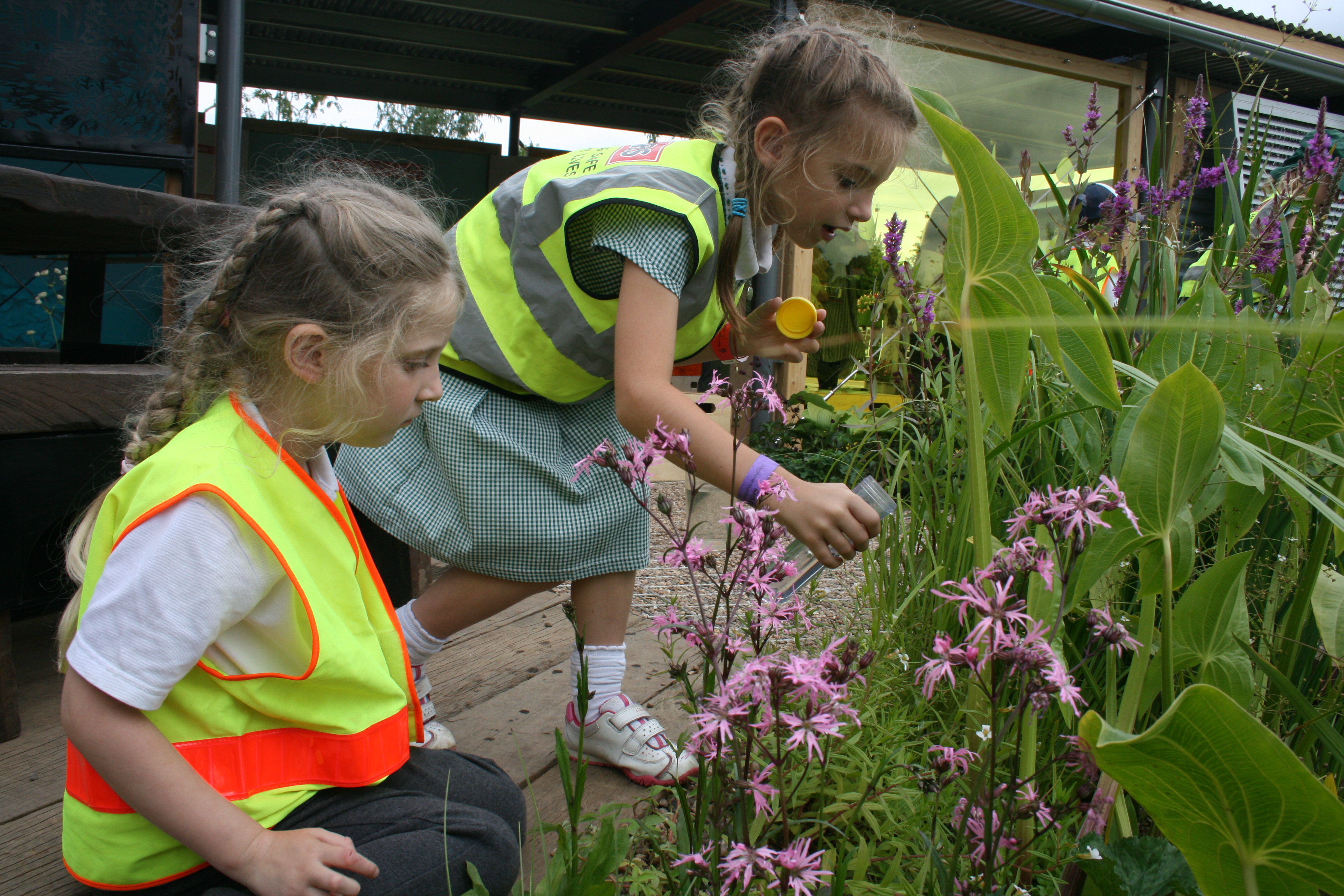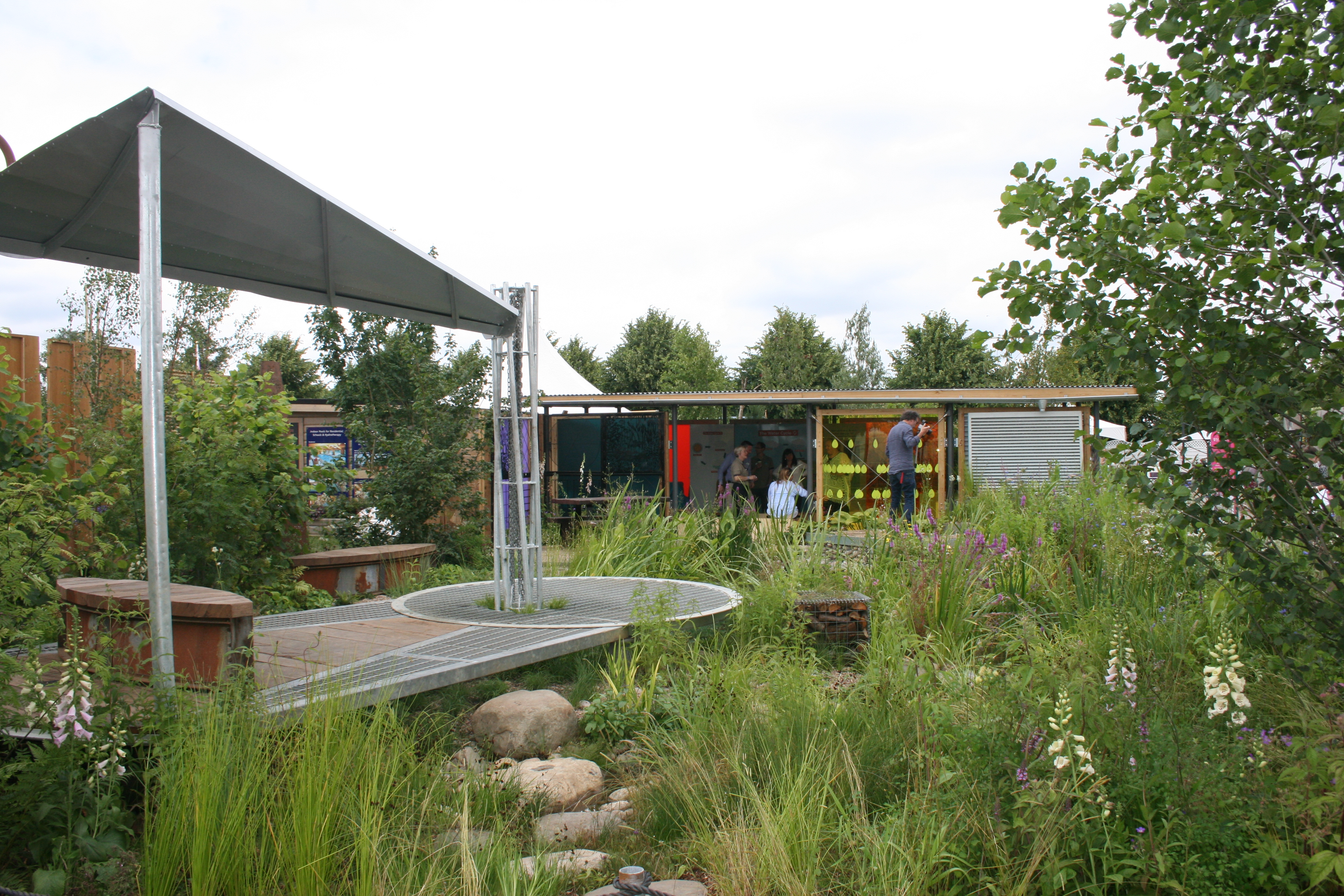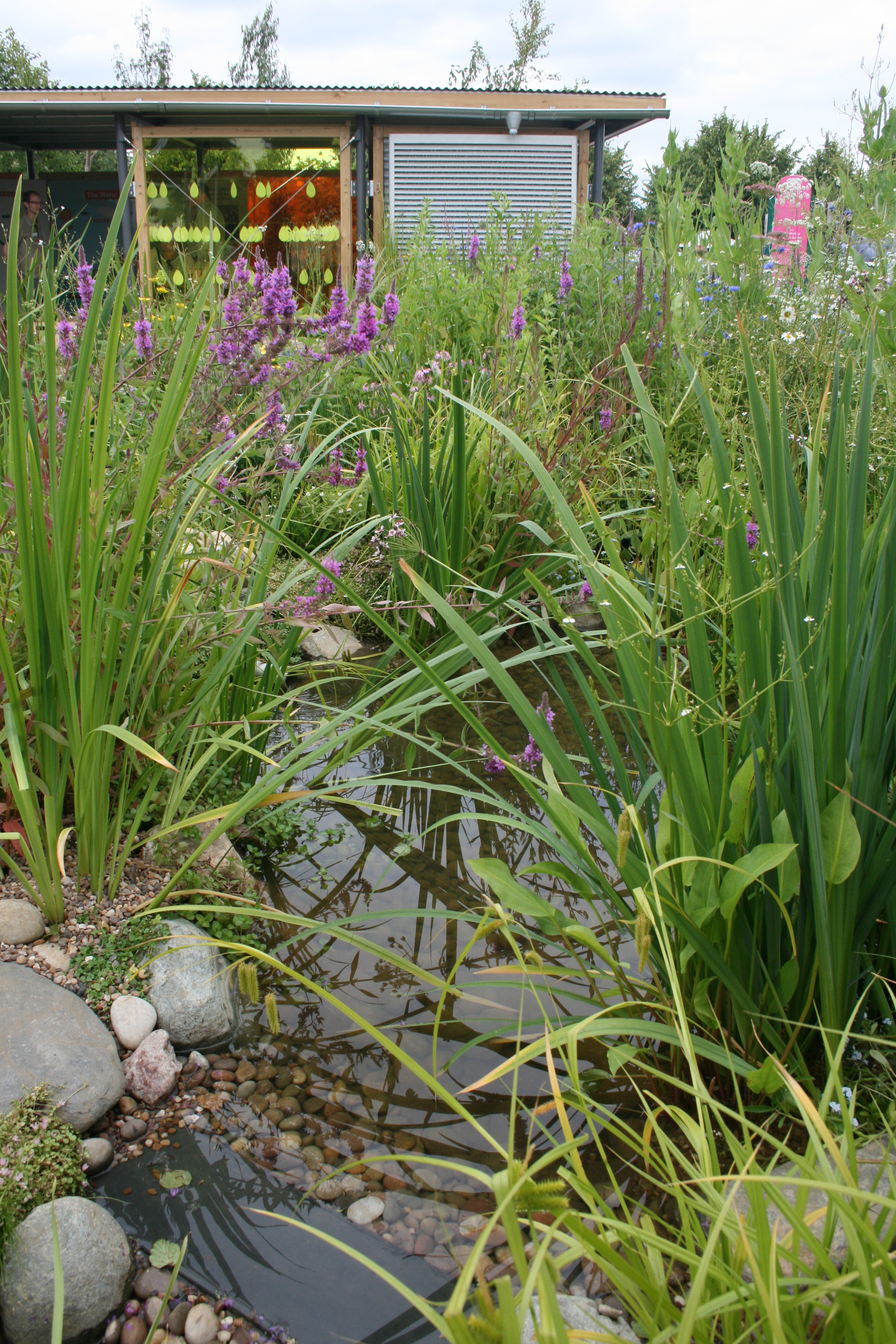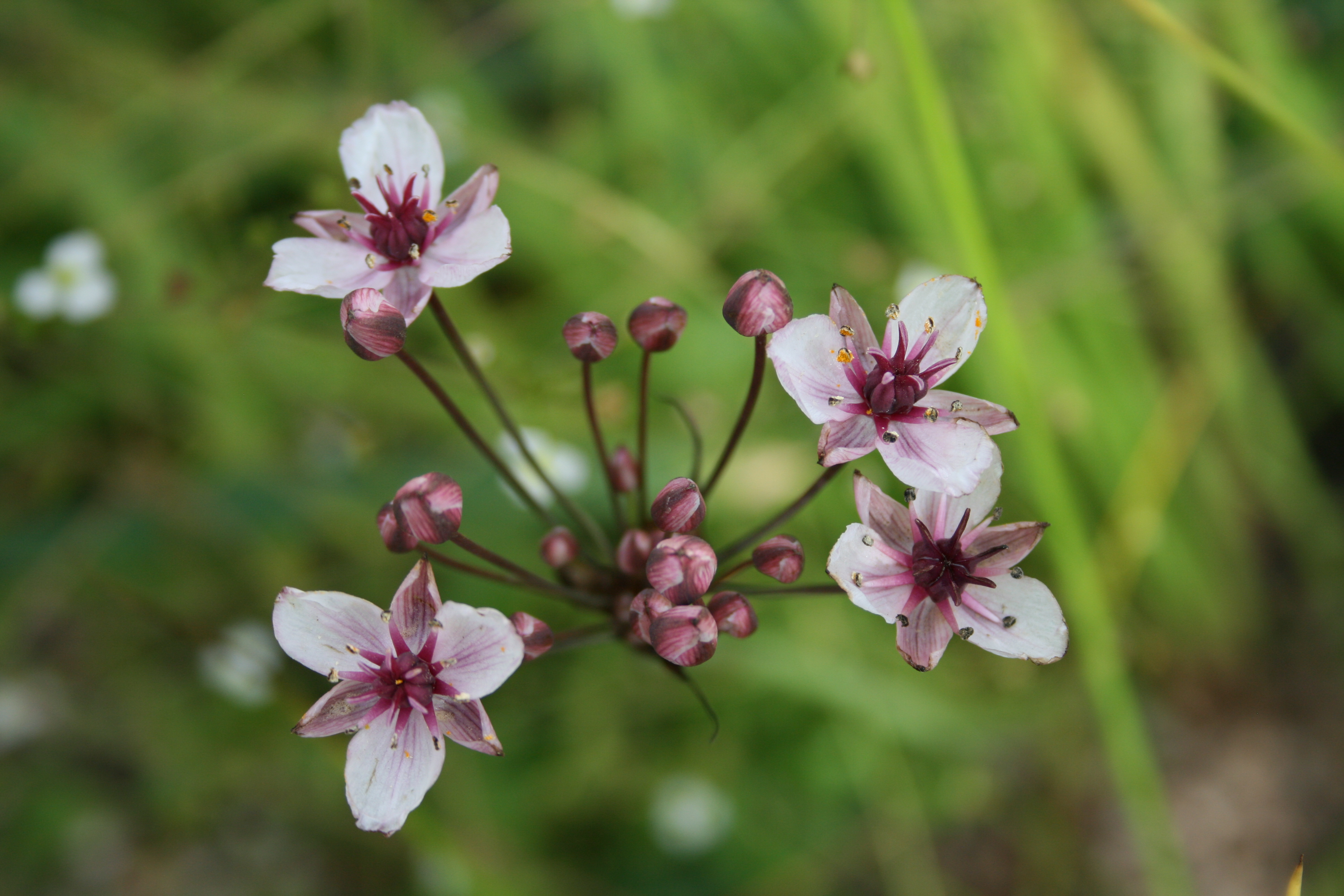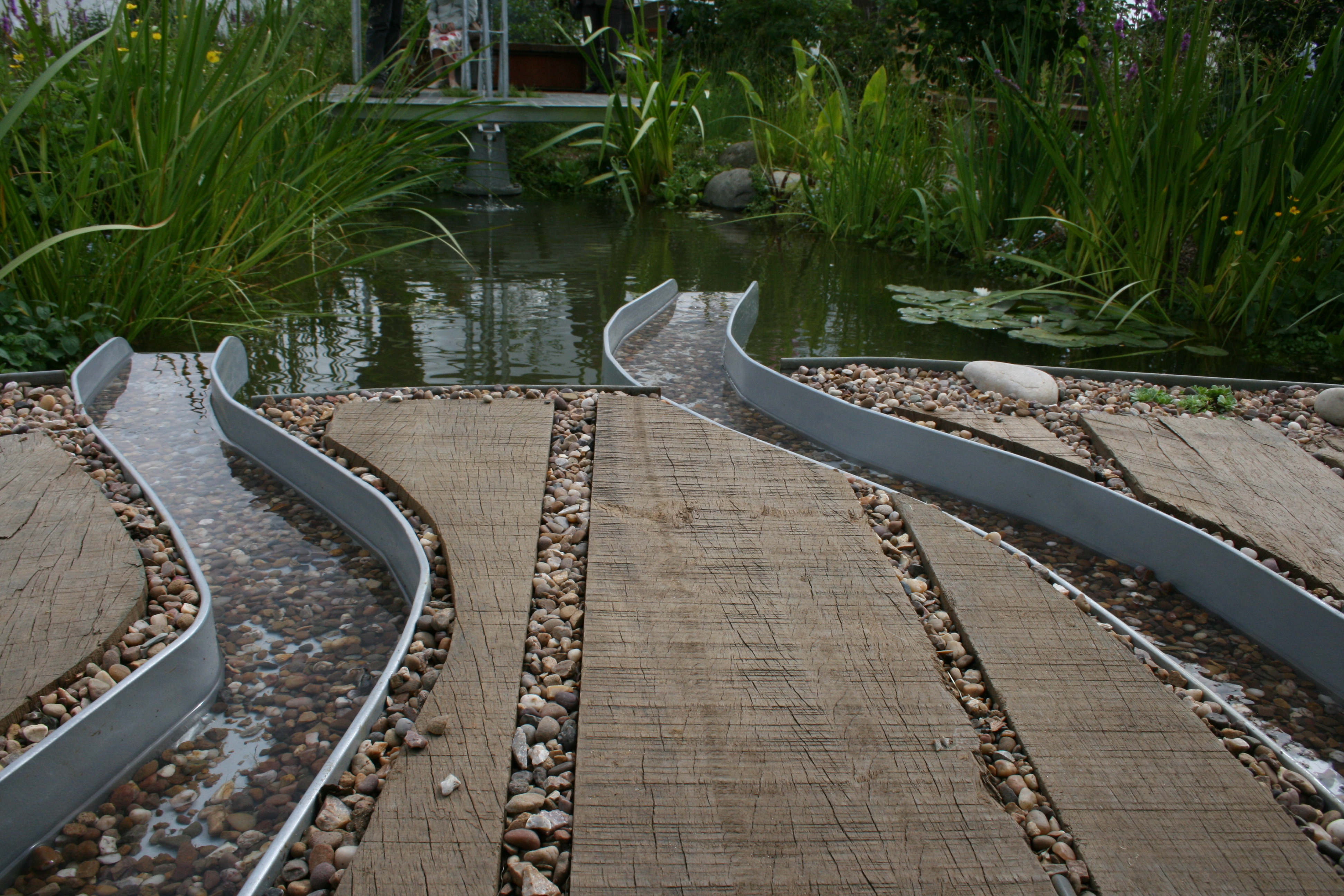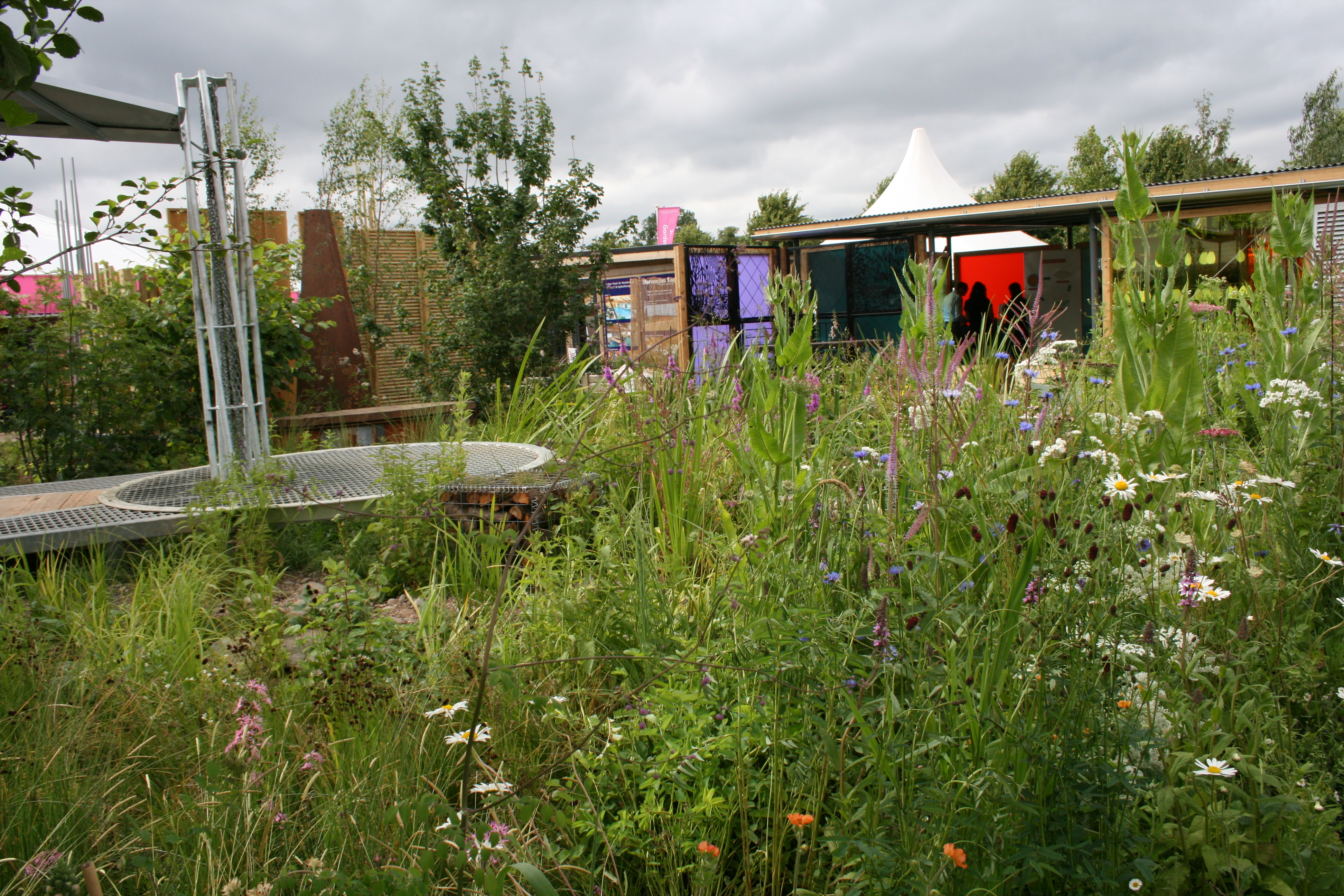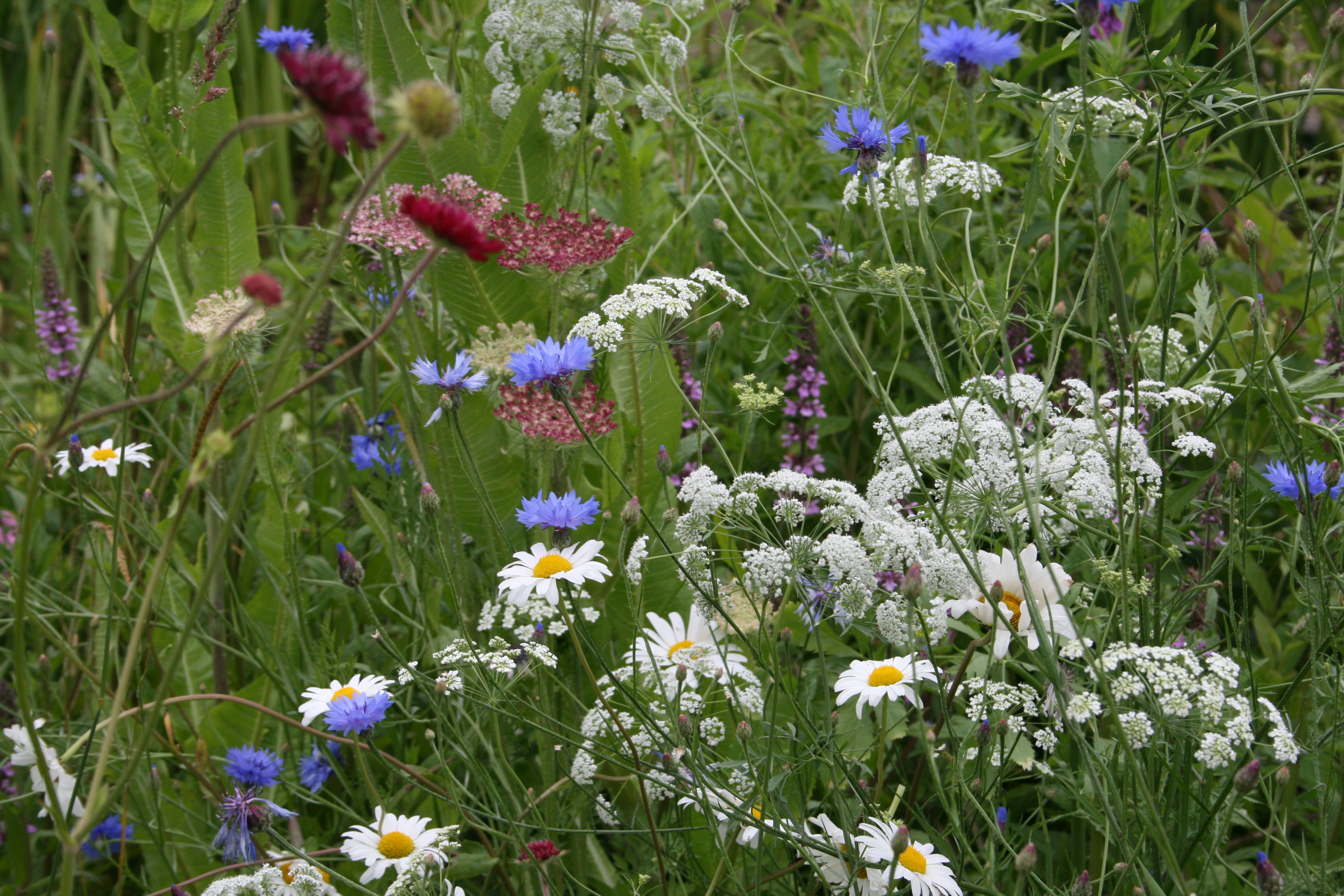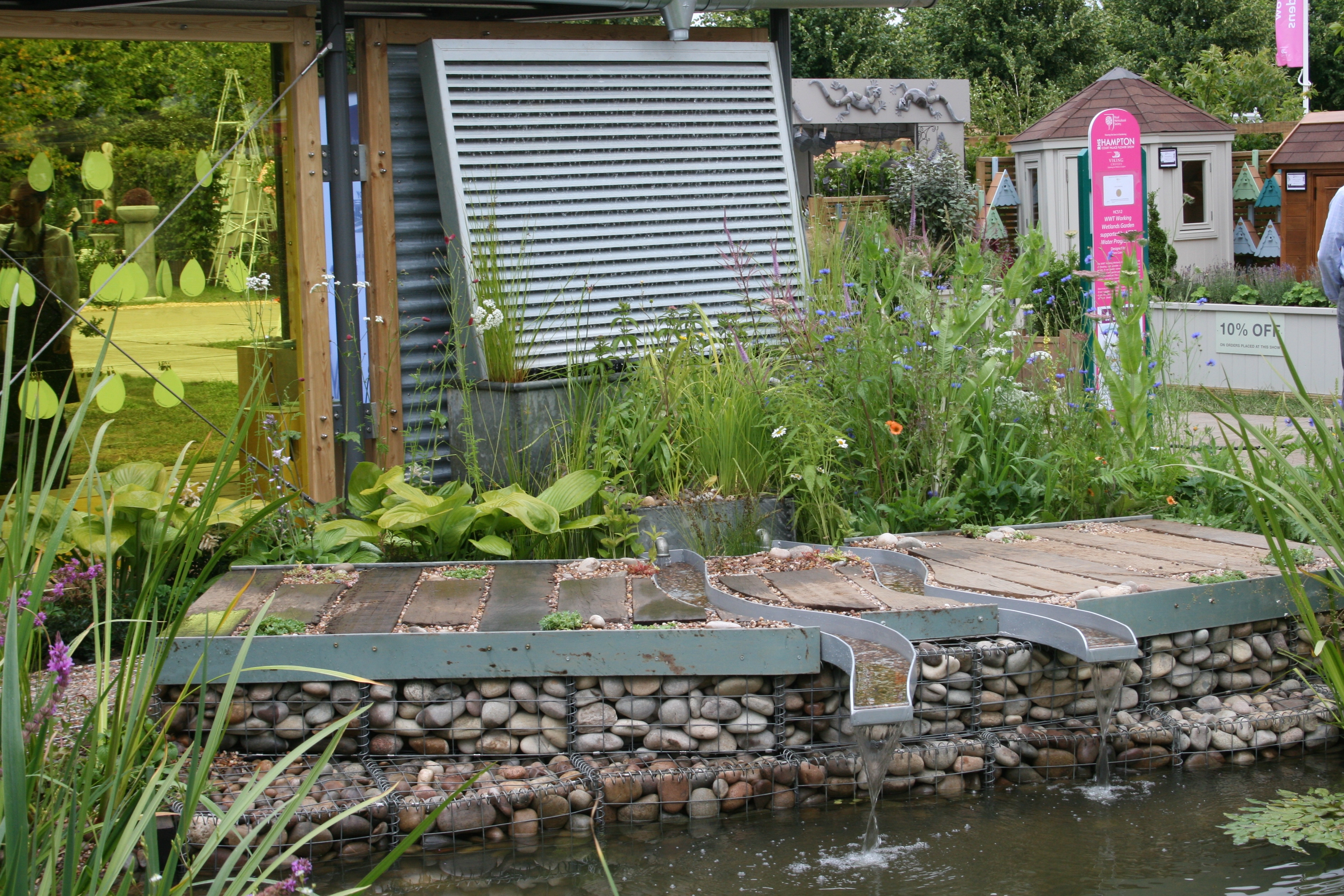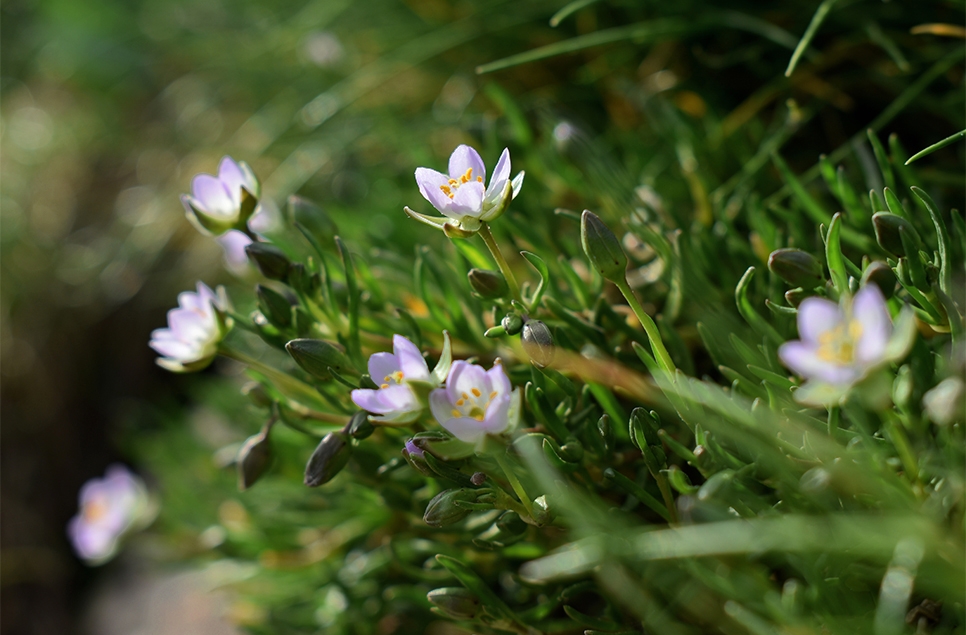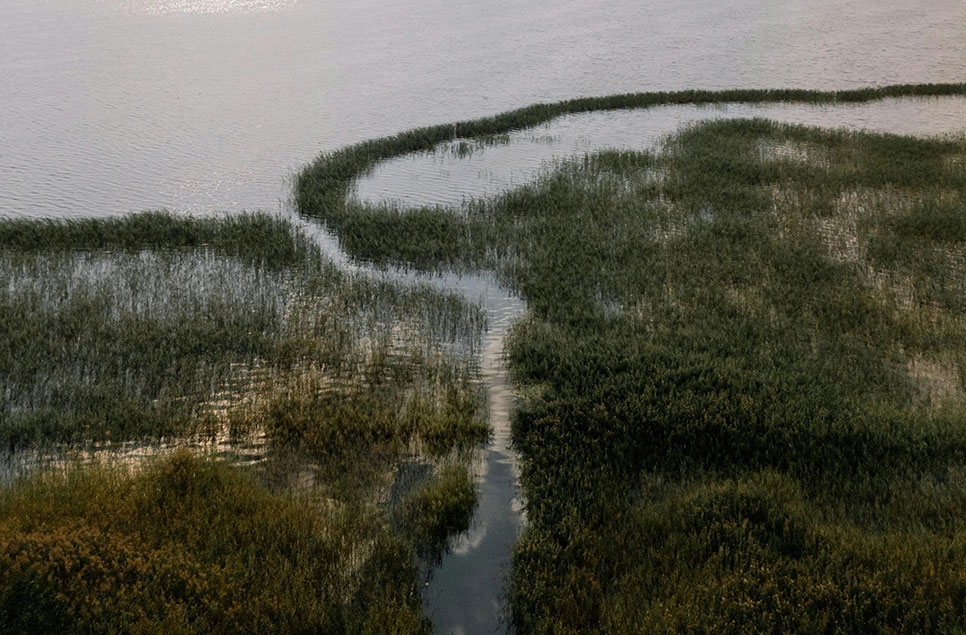Flooding-friendly garden wins awards

 A garden that shows people how they can help solve local flooding through gardening has won a Gold Award and Best Garden award at the RHS Hampton Court Flower Show 2016.
A garden that shows people how they can help solve local flooding through gardening has won a Gold Award and Best Garden award at the RHS Hampton Court Flower Show 2016.
The Wildfowl & Wetlands Trust’s “Working Wetlands Garden” is designed by Jeni Cairns and supported by HSBC. It uses 85 species of native plants and a series of water features to manage rainwater running off the roof of its pavilion.
How it works
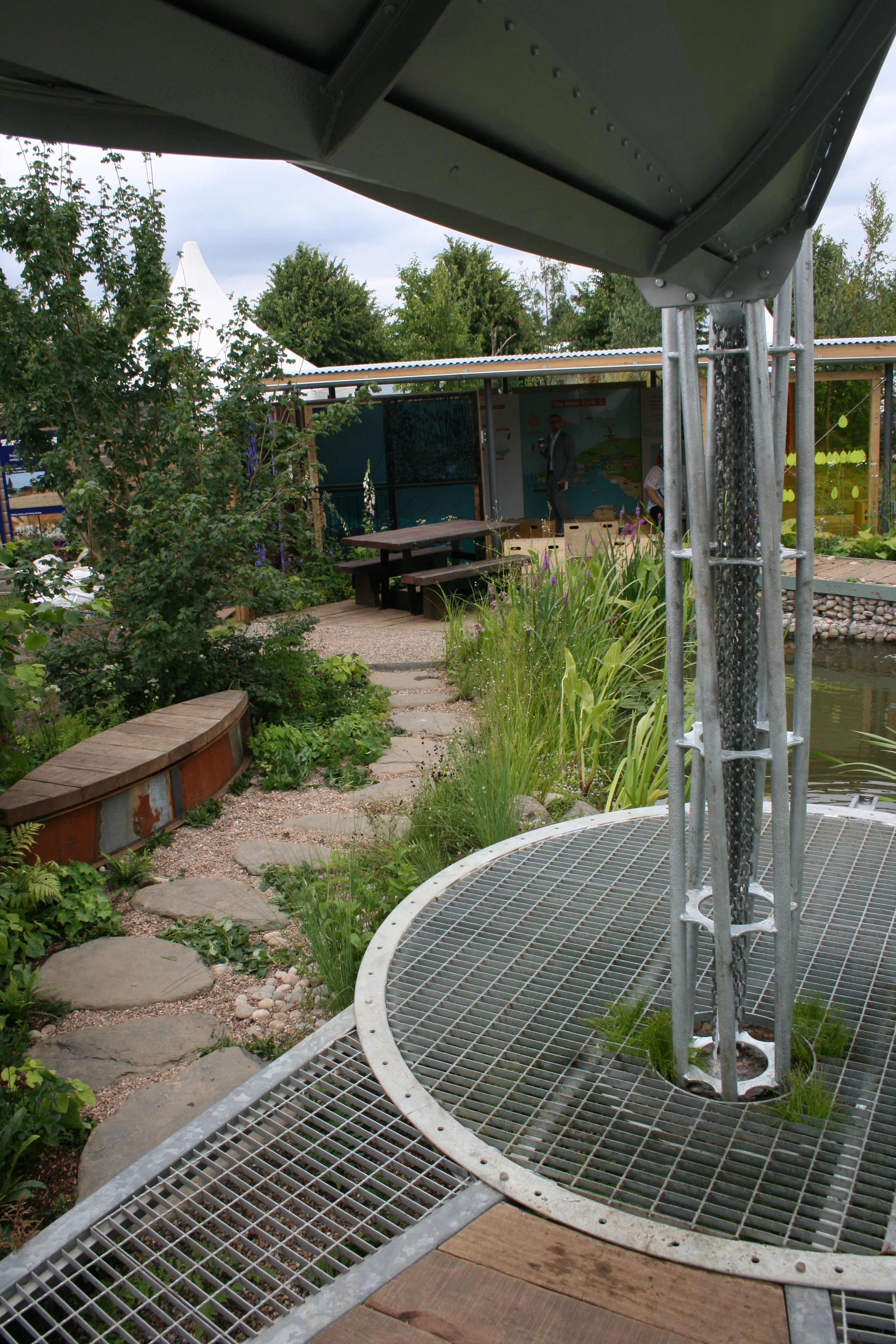 Many people don’t realise the sheer speed that rainwater runs off hard surfaces like your roof, patio or decking can contribute to local drains becoming overwhelmed after heavy rainfall.
Many people don’t realise the sheer speed that rainwater runs off hard surfaces like your roof, patio or decking can contribute to local drains becoming overwhelmed after heavy rainfall.
Multiplied by many homes and gardens in a neighbourhood, the sudden rush of water can have serious consequences: when Carlisle was flooded in 2005, a quarter of the floodwater came from overwhelmed drains and surface water from properties for miles around.
At RHS Hampton Court Show, the WWT “Working Wetland Garden” is showing gardeners how your garden can hold back heavy rainfall and release it slowly, by using a series of water features that can make your garden more attractive for you and for wildlife.
Instead of pouring down drains, the water filters through gravel beds, runs down channels into flowerbeds, through permeable paving, into a pond and soakaway hollows, and feeds and nurtures a variety of marsh plants that help to keep the water clean.
Great for learning about water
RHS Gold Award winning designer Jeni Cairns has created the garden with WWT so that it can be transported to WWT’s Washington Wetland Centre when the show is over, to become a permanent outdoor classroom as part of HSBC’s Water Programme.
Learning staff from Washington were at the show to road-test some water cycle lessons with local children from Trafalgar Infants School, Twickenham.
What they said about it
 Children from Trafalgar Infants School, Twickenham[/caption]
Children from Trafalgar Infants School, Twickenham[/caption]
Feedback from the RHS judges was that the garden was “really easy to judge”; they liked the story behind the garden; they appreciated how delicate many of the wildflowers were to transport and plant; and they loved how Jeni had juxtaposed probably the wildest feeling garden at the show with some creative use of recycled industrial materials to recycle water.
The Wildfowl & Wetlands Trust’s Simon Rose said:
“Your garden can benefit from heavy storms. Together, nature and water make beautiful surroundings. If you store and soak up heavy rainfall, you can help reduce local flooding, create a welcoming naturalistic space around your home, and attract wildlife too.”
“The idea is to mimic how huge wetlands regulate river catchments at landscape scale by holding up rainwater and releasing it slowly. You can do exactly the same thing at garden scale and easily create your own personal wetland nature reserve.”
Designer Jeni Cairns, of Juniper House Garden Design, said:
Garden designer Jeni Cairns, HSBC's Sue Alexander and WWT's Kevin Peberdy with the awards
“I’m amazed and delighted to win these awards. The garden demonstrates it’s relatively easy for anyone to recycle water by getting creative with recycled objects.
“It’s more difficult to do this for a show where you’re using mature native plants that are so fragile and can easily snap, but it was worth it because the effect is beautiful. I’m really pleased that all the hard work crafting metal and wood and making the water system work has been recognised.
“It’s all about spreading the message that water is important and you can use it creatively rather than waste it.”
HSBC Holdings Plc Group Chairman Douglas Flint said:
“Water will be one of the most important resources for the world to protect over the next 20 to 30 years”
Facts behind the garden
- The garden uses 85 plant species, most of which are British natives. Summer flowering plants have been selected for colour including loosestrife, flowering rush and greater spearwort – providing a predominant purple mixed with cream and yellow.
- Rainwater falls on a pagoda roof and cascades into tanks filled with gravel and marsh plants. While rainwater is very clean, this filters out any dust, leaves, twigs or bird poo that might be on your roof if you’re recreating the garden at home.
- The marsh plants take up some of the water, but at peak flows it will overspill into a pond surrounded by plants. The fact the pond is rain-fed with clear, clean water helps to attract wildlife. Some of the water slowly evaporates or transpires away.
- The pond can overflow into a number of features includng permeable paving, flower beds and hollows, all of which allow water to soak away slowly into the ground. The entire garden makes use of all the incoming rainwater to create a beautiful, wildlife-rich without any water being wasted down any drains.
- Several features are recycled. The pagoda roof is the inverted roof of a grain silo; bench supports are made from the curved girders from the same silo; the cascade was an air duct from a warehouse; the chain cascade is made from the chains of an old harrow; old sheets of metal have been intricately carved to make relief water scenes of dragonflies and kingfishers.
- The garden pavilion is built on a wooden platform weighing six tonnes, which spreads the weight of the structure across the Hampton Court ground underneath.
- After the show, the whole garden – including all the plants – will be transported to WWT Washington Wetland Centre as part of WWT’s Inspiring Generations scheme to provide outdoor learning to disadvantaged school pupils. Funded by the HSBC Water Programme, 60,000 children across the country are receiving a free outdoor learning session including hands on activities like pond dipping and bird feeding.
- The garden furniture may well be the heaviest at Hampton Court: it is made from recycled ekki wood, which is so dense and durable that it’s widely used as pillars to stop ocean liners bumping into jetties. We’re pleased to find ways to extend this timber’s working life. Each chair is so heavy that we haven’t managed to put it on a set of scales, but it will certainly weigh more than all the children at the learning session put together!
More photos:
